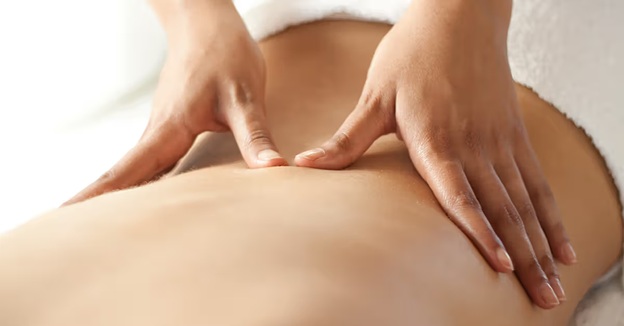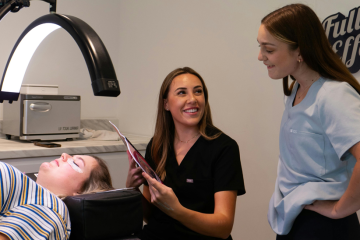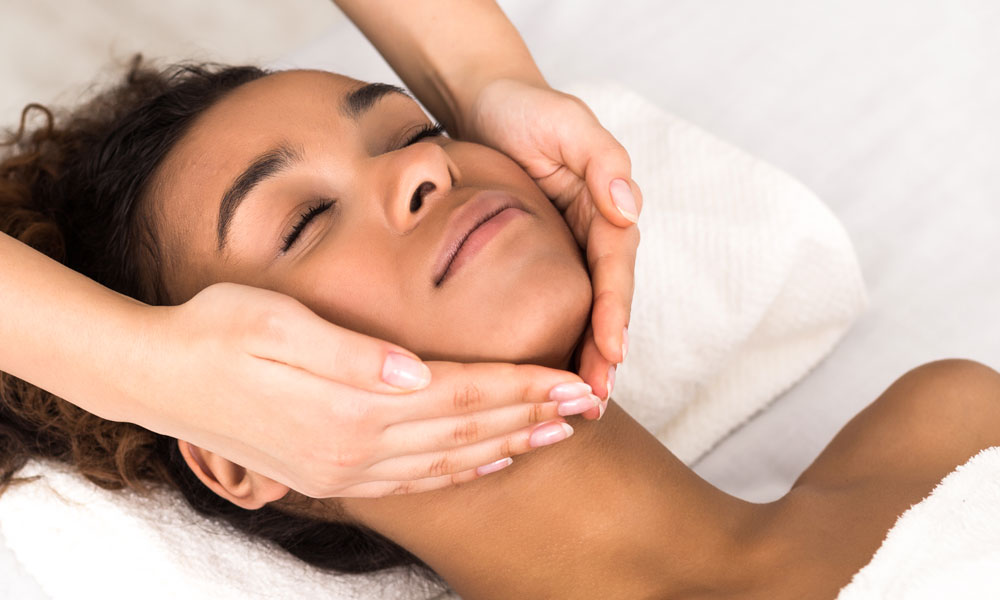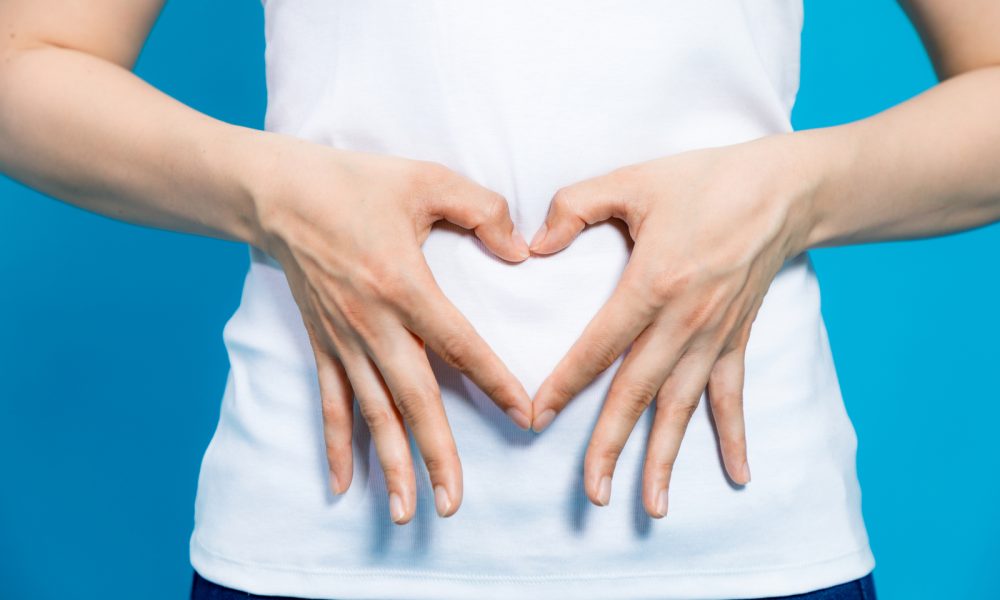How Back Massage Provides Relief from Chronic Back Pain

Chronic back pain affects millions of people worldwide, making everyday tasks difficult and impacting overall quality of life. Many individuals look for safe and effective ways to manage this pain without relying solely on medications or invasive procedures. One such method that has gained recognition is back massage. This therapeutic approach can provide relief, improve mobility, and enhance overall well-being.
Understanding Chronic Back Pain
Chronic back pain is defined as discomfort that lasts for more than three months and can stem from various causes, including muscle strain, poor posture, spinal problems, or underlying health conditions. The persistent pain often leads to stiffness, limited movement, and even emotional stress. Addressing this condition requires a combination of treatments, including physical therapy, lifestyle adjustments, and sometimes complementary therapies like back massage.
How Back Massage Works
A back massage involves the manipulation of muscles, tissues, and soft tissues along the back. The primary goal is to relax tense muscles, increase blood flow, and reduce pain. When a trained therapist applies pressure in specific areas, it stimulates the nerves and helps release tension. This process can also trigger the body to release endorphins, which are natural painkillers, offering a sense of relief and relaxation.
Benefits of Regular Back Massage
Regular sessions of back massage can offer multiple benefits for those suffering from chronic pain. First, it reduces muscle tension and alleviates stiffness, making daily movements easier. Improved blood circulation helps deliver essential nutrients to muscles and tissues, aiding in faster recovery and reducing inflammation. Additionally, massage therapy can enhance posture by loosening tight muscles that contribute to spinal misalignment.
Another important benefit is the impact on stress and anxiety levels. Chronic back pain often worsens when stress is high. By promoting relaxation and calming the nervous system, back massage helps reduce stress-related muscle tension, which in turn decreases pain levels.
Choosing the Right Massage Technique
Different massage techniques can address back pain, and selecting the right one depends on individual needs. Techniques such as Swedish massage focus on long, gentle strokes to relax muscles and improve circulation, while deep tissue massage targets specific muscle knots and chronic tension points. Trigger point therapy works on sensitive areas that can refer pain to other parts of the back. Consulting a professional massage therapist can help determine which technique is most suitable for effective pain relief.
Incorporating Massage into a Pain Management Routine
While back massage provides immediate relief, its long-term benefits are maximized when combined with other healthy practices. Stretching exercises, regular physical activity, maintaining proper posture, and ergonomic adjustments in daily routines complement the effects of massage. Scheduling regular massage sessions, even when pain is minimal, can help prevent flare-ups and support overall back health.
Safety and Considerations
Back massage is generally safe for most people, but it is important to consult with a healthcare professional before beginning therapy, especially if the pain is severe, sudden, or caused by an underlying medical condition. Individuals with spinal injuries, fractures, or specific medical concerns should receive guidance from a doctor or physical therapist to ensure that massage is appropriate and does not worsen the condition.
Conclusion
For those dealing with chronic back pain, back massage offers a non-invasive, effective way to manage discomfort and improve quality of life. By reducing muscle tension, enhancing blood circulation, and promoting relaxation, massage therapy addresses both the physical and emotional aspects of chronic pain. When combined with proper exercises and lifestyle adjustments, it can become a valuable part of a comprehensive pain management routine, helping individuals regain mobility, reduce discomfort, and enjoy everyday activities with greater ease.















